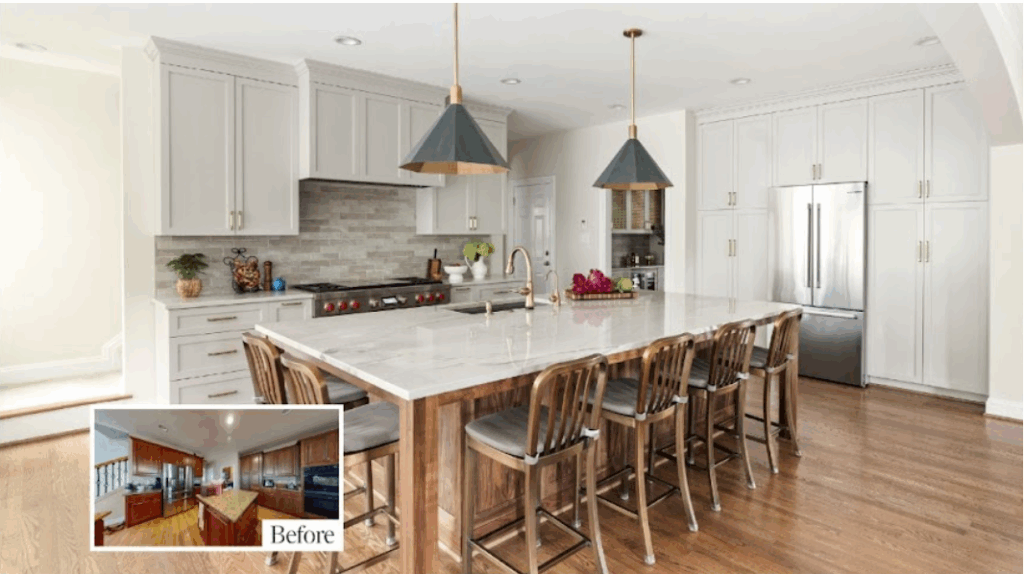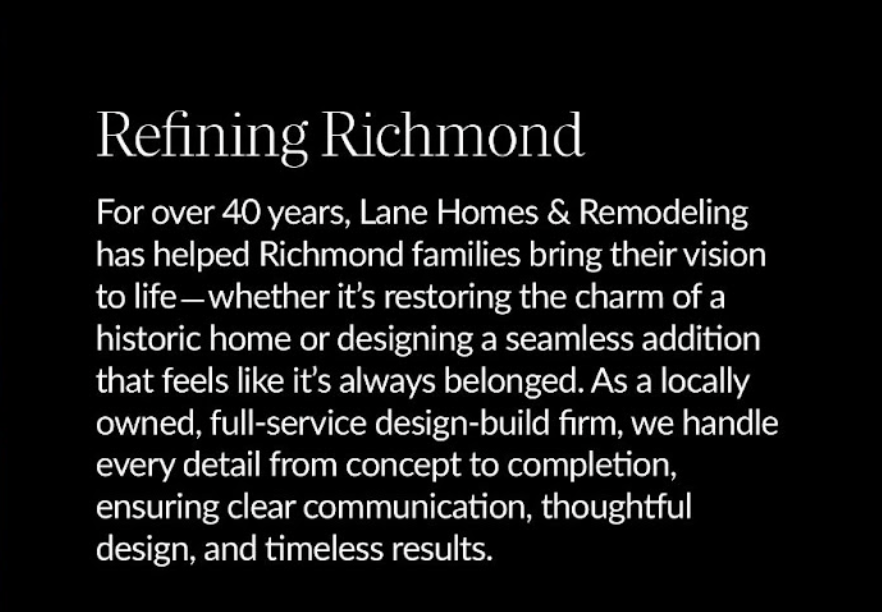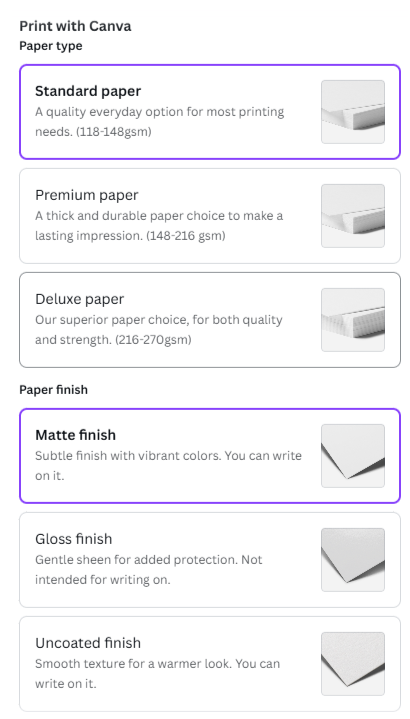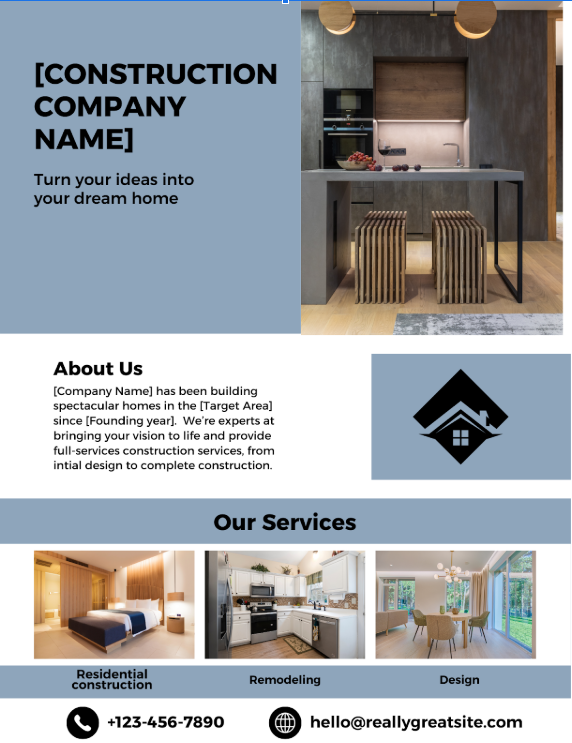Without an effective marketing strategy for your construction business, you won’t showcase your services to the right audience or stand out against the competition.
The result? You’ll struggle to land the clients and projects you’re targeting.
While effective marketing strategies have many elements, flyers are one of the simplest pieces of the mix.
Below, we’ll explain the best practices to create a compelling construction flyer with real-world examples. We’ll also include a free construction flyer template to get you started.
Key Takeaways
- Construction flyers must appeal to your target audience through clear and compelling text and images, including a strong headline, a call to action, and high-quality photos.
- Follow smart design tactics to create a flyer that’s visually appealing and easy to read, and customize your flyer with trust signals, QR codes, and more.
- Showcase your real work, like a remodeled kitchen or new carport, instead of using generic stock photos.
How To Create an Effective Construction Company Flyer: Best Practices & Examples
Here are 6 best practices to design a great flyer.
Define your goal and your audience
Before designing a construction flyer, clarify the following:
- What do you want to achieve? Attracting customers? Building brand awareness? Promoting specific services?
- Who’s your target customer? Are you trying to reach homeowners, property developers, or commercial clients?
Tailoring the flyer’s contents and visuals to your goal and audience increases its effectiveness.
For example, say you want to promote your remodeling services to residents of a specific neighborhood who prioritize trust and affordability. Based on this goal and audience, you can create a flyer that showcases your prices and includes testimonials from local residents.
“We tailor each flyer to the specific zip code or neighborhood we’re targeting,” says Jake Roth, marketing director of Lane Homes & Remodeling. “Using imagery and language that reflects the character of that community helps people imagine themselves in the homes we showcase. When clients can see their own story in your creative, they’re much more likely to engage.”
Incorporate the essential elements
For your construction flyer to be visually appealing and informative, it must communicate value quickly, capture attention, and motivate the reader to take action.
Here’s an example of a great flyer from Lane Homes and Remodeling:


Notice that this flyer contains the right mix of all the elements that build credibility, highlight expertise, and make Lane Homes and Remodeling’s services stand out.
Let’s dig into these elements, including how you can incorporate them into your flyers.
Headline
The headline is the first large text on your flyer that people notice. Its main goal is to capture the attention of your target audience and keep them reading, so it should be bold and clear.
The Lane Homes and Remodeling flyer’s headline is simple and straight-to-the-point: “Looking for architectural and construction services?”
But you can also add some flair and use benefit-driven text, such as “Build your dream home with trusted experts.”
Think about what matters most to your target customer to craft a headline that speaks directly to their goals.
Company logo and branding
Think of branding as the personality of your business. Businesses with strong, clear personalities are easier to recognize and remember. On a construction flyer, branding can include elements like:
- Company logo.
- Brand colors.
- A specific font or set of fonts.
- The tone and voice of your text.
For example, Lane Homes and Remodeling uses a black and white color scheme alongside clean, aesthetic images and a prominently displayed logo.
Ensure your branding is consistent across all your marketing materials, such as your website, signs, and trucks. This creates a cohesive branding experience that further solidifies customer recognition and even builds trust.
Conrad of BOLT Builders says, “Our best performing flyers…[work] because [our target customers have] seen our trucks and signs in the neighborhood, then we send them a flyer introducing ourselves and explaining what we’re doing.”
Did You Know?
Connecteam enables you to store your marketing style guidelines, brand guides, and other marketing assets in a company knowledge base, making it easier for all employees to find and understand your brand’s voice and visuals.
High-quality project images
In the construction industry, the quality of your work speaks louder than words. High-resolution photos of your projects draw readers in.
The Lane Homes and Remodeling flyer uses a before-and-after transformation picture:

This is effective because it shows proof of the remodel’s transformation.
Contact information
Your construction flyer should drive action, so make it easy for clients to reach you. Prominently include your company’s phone number and website, like the Lane Homes flyer does. You can also add an email address or physical address if needed.
Services overview
Flyers should clearly list the specific services you provide, such as residential construction or remodeling. This helps readers immediately understand whether your business can do the work they need done.
You can also set yourself apart from competitors by highlighting specialized services or areas of focus. Here’s an example from the Lane Homes and Remodeling flyer:

Call to action (CTA)
A strong CTA directs readers on what to do next and helps turn interest into actual leads. Common CTAs in construction flyers include “Call Today for a Free Estimate” or “Visit Our Website To See Our Projects.”
The Lane Homes and Remodeling flyer cleverly combines the header and the CTA at the top of the flyer, giving prospects an immediate and easy way to take the next step. The CTA is subtle: just a phone number and website link (this works well for targeting people who may prefer a softer sales approach).
The flyer from Cabex Construction has a more benefit-driven CTA to entice people to call:

This Might Interest You
Flyers are only one part of construction marketing. Read our complete guide on how to market a construction business.
Practice smart design tactics
Even the most compelling message can lose impact if the flyer looks cluttered, unprofessional, or hard to read.
Roth of Lane Homes and Remodeling says, “We’ve found that the most effective flyers are clean, photo-driven, and focused on the client’s perspective. Rather than packing in too much information, we aim to keep the message simple.”
Below are key design elements to focus on when creating your construction services flyer:
Layout & composition
The layout of your construction flyer impacts how easy it is for someone to read and understand your message. A well-structured design keeps things organized, while a cluttered one can overwhelm readers.
Use grids, a structure of intersection lines (or gridlines), to arrange text and images neatly. Many design programs let you display grids and gridlines on the screen so you can easily line up elements as you design.
This Might Interest You
Watch this video on how to use grids in Canva to learn more about what grids are and how to work with them.
As you do this, focus on visual hierarchy: the order in which people notice things. Your headline should be the first thing that catches the eye, followed by supporting details like services and images. You can create this hierarchy by using things like large text and bold colors to draw attention.
Think about placement. People tend to notice elements at the top and center first, and they often scan left to right.
Also, think about how much space elements take up. Important elements should take up more of the flyer.
For instance, look at this construction flyer from Adorn Constructions:

The overhead image of the luxury home is the focal point because it takes up such a large proportion of the flyer (plus, it’s in the center).
Color scheme
Color influences the mood and readability of your flyer. Choose a scheme that reflects your brand identity, whether it’s bold and modern, clean and traditional, or something else.
You can also use high contrast, such as the light text on a dark background you can see in the Lane Homes flyer, to improve legibility. Use accent colors (extra colors that complement your brand colors) sparingly to highlight important details like your contact info or CTA.
Typography
Typography is the art of arranging text so it’s easy to read and visually appealing. It includes the style, size, spacing, and arrangement of the fonts you use in your construction flyer design.
Typefaces (letter styles) and fonts (variations of typefaces) are important for readability. For your flyer, stick to 2 or 3 typefaces at most, combining a bold font for headlines with an easy-to-read sans serif for body text. This is what the Lane Homes flyer does: It uses a sans typeface for the “Refining Richmond” text and a sans serif font for elements like the headline and owner name.
Make sure you use the right font sizes: Headlines should grab attention, while body text should be comfortably legible from a short distance.
White space
Think of white space or empty areas as breathing room for your construction flyer design, making your flyer easier to read, preventing clutter, and drawing readers’ eyes to key information first. It isn’t always white.
A good example of how to use white space is the empty block on the back of the Lane Homes and Remodeling flyer (it’s black).
Printing considerations
Even the best design can fall flat if not printed well. Stick to standard flyer sizes, such as half sheet (5.5 × 8.5 in) or standard (8.5 × 11 in), to keep costs manageable. (Most construction flyer templates use standard.)
Online construction flyers can also be customized to match different channels. Both the Adorn Constructions and Cabex Constructions flyer examples from above were sized for Instagram.
You also need to pick quality paper stock that feels sturdy in hand, as this reflects well on your business’s professionalism. In a recent report, over 70% of marketers said that paper stock quality impacts brand impressions and marketing campaign performance.
Most printing companies and online design and print tools let you choose different types of paper and types of finish. Here’s an example from Canva:

Customize your flyers
Adding personalized touches like trust signals and digital enhancements can help you transform a generic flyer into a powerful marketing tool that works both offline and online.
Some common customizations include:
Trust signals
People want to work with construction companies they can trust. Adding testimonials from satisfied clients, certifications (such as safety or industry accreditations), years of service, and awards you’ve received builds credibility. These signals act as proof of your expertise.
The Lane Homes and Remodeling flyer, for instance, mentions over 40 years of service. But it also does something else that’s extremely effective: It humanizes the business by putting a face to a name and including the owner’s photo.
If you’ve just started your construction business, you can add short testimonials from people you’ve previously worked with or other solo projects you’ve completed.
“We…add as many infographics and stats as possible with beautiful photography,” says
Rachel Harris Ledet, Principal & Marketing Strategist at real estate marketing firm 30|90 Marketing.”
Pro Tip
Use an all-in-one construction solution like Connecteam to deliver high-quality work on time and within budget so clients are satisfied and more likely to give you positive testimonials. With Connecteam, you can create checklists and forms for quality control and compliance, monitor task completion to stick to project deadlines, track labor costs, and so much more.
Digital optimization
Flyers don’t have to be limited to print. Create digital-friendly versions in PDF format that can be easily shared via email or social media or downloaded from your website. Optimize them for mobile viewing so potential clients can access them on their phones.
Adding clickable CTAs and QR codes that direct users to your portfolio, booking form, or contact page makes your flyer interactive and trackable, bridging the gap between print and digital marketing.
Here’s an example construction flyer with a QR code from graphic designer Dewzon:

Connection to broader marketing campaign
As your company grows, consider tying your flyers to a larger construction marketing plan.
For example, say you’re running a seasonal promotion or targeting a specific market segment. Align the flyer’s content with those goals.
Ledet of 30|90 Marketing shared with us how her company has done something like this:
“For one of our construction clients, RNGD, they were establishing brand recognition in a new market (Huntsville, AL) where they were also co-developing a mixed-used development that included historic rehabilitation of an old hardware store. We sent 50 custom-packaged boxes that graphically represented the historic nature of the project to key stakeholders in the community…
“Not only was this a beautifully-delivered piece, but it had ‘staying power’ because it was interesting and interactive. (Part of the brochure element was a customized view finder toy that [included] historic photos and new rendering of the project — very cool!) This was an impressive brochure to attract media attention and solidified growing relationships with the local officials.”

Pro Tip
Ledet says that if a flyer is “just a sheet of paper, it risks being ignored. But when you design with intention for a specific audience, it becomes a powerful tool. The key is differentiation: make something memorable that your audience wants to engage with. They won’t throw that aside.”
Tap templates for efficiency
Instead of starting from scratch, use free construction flyer templates to get a professional base design, then tailor it to match your needs.
Editable templates speed up the design process by providing ready-made layouts with balanced spacing, typography, and image placement. You can quickly customize the colors, fonts, text, and other elements to match your services and promotions. Then, you can replace the placeholder images with photos of, for instance, homes you’ve restored, voila! You have a construction services flyer ready to go.
Also, using the same templates for different flyers can help you maintain brand consistency across projects and promotional materials.
Recommended tools
Many online tools can make finding and customizing construction flyer templates easy.
For instance, you can jump down to our construction flyer template (it’s free!)
Canva and Adobe Express are also user-friendly platforms with endless construction flyer ideas and templates. You can pick any template and use the drag-and-drop features to edit and create your own flyer quickly.
Microsoft Word works well for simple layouts, while Adobe Illustrator offers more advanced customization.
Avoid These Common Mistakes When Making Your Construction Flyer
Here are some common mistakes contractors make.
Overcrowding with text or images
Cramming too much information or too many visuals onto 1 page can overwhelm readers.
Conrad of BOLT Builders says, “A flyer has to create curiosity. Give them just enough information to be intrigued but leave them wanting more so they pick up a phone and call you.”
Weak or missing CTA
A construction marketing flyer without a strong call-to-action leaves readers unsure of what to do next. Always include a clear next step, such as calling for a quote or visiting your website.
Only using low-quality or stock images
Grainy photos or generic stock visuals reduce credibility. Use good images of real projects (homes you’ve built, bathrooms you’ve remodeled, etc.) whenever possible to show your work and build trust.
Not complying with advertising laws
Failing to ensure your construction flyer meets the legal requirements for advertising construction services can lead to hefty fines and damage your reputation.
For example, in California, contractors must include their license numbers on all advertisements. The Contractors State License Board (CSLB) takes compliance seriously, even conducting stings to catch offenders.
Basic Construction Flyer Checklist
Use this standard checklist and our free construction flyer template to create a well-structured flyer.
- Clear and engaging headline.
- Company logo and branding.
- High-quality images of projects.
- Concise list of services offered.
- Trust signals (testimonials, awards).
- Strong CTA.
- Contact details.
- Balanced layout with white space.
- Readable fonts and clear color contrast.
- Customizations (QR code, clickable CTAs).
Free Construction Flyer Template

FAQs
A flyer must have a strong headline and CTA, your company branding, contact information, services, and project images.
You can make your flyer stand out by designing it with your target audience in mind. Use a catchy headline, appealing images, and interactive elements like QR codes to engage readers.
You can create a standard flyer online on platforms like Canva and Adobe Illustrator. These tools provide customizable templates, so you can design a great flyer in minutes. If you want to create a construction flyer, Connecteam has a free template


